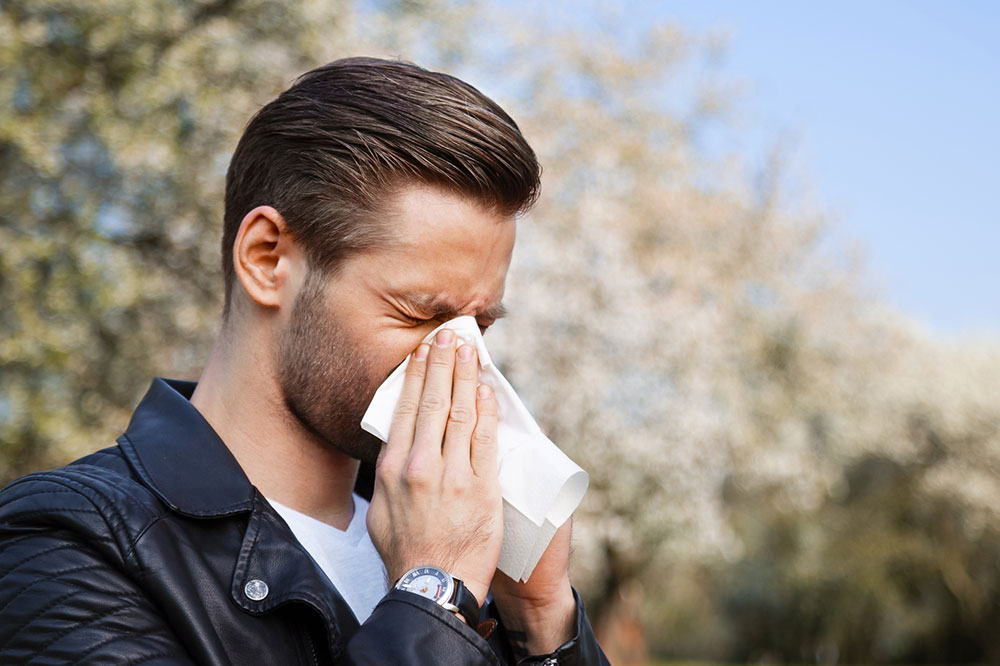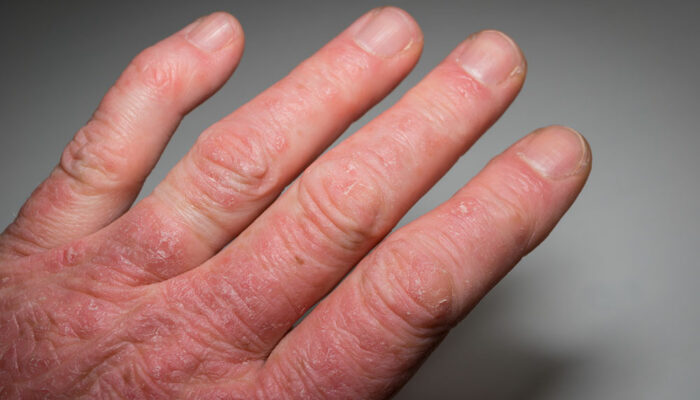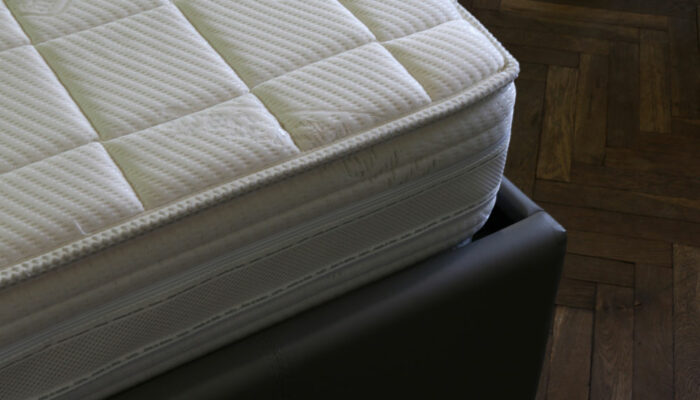
The Worst U.S. Cities for People with Seasonal Allergies and Asthma
Seasonal allergies usually affect people at the start of spring and last until the onset of summer. Spring brings about active tree and grass pollination until summer, which can also greatly aggravate asthma. Spring and fall allergies are two common types of seasonal allergies that recur in the southern states, and the most common type of allergen pollen that plays a major role in seasonal allergies is ragweed.
The following cities are listed as the worst for people with seasonal allergies and asthma:
1. Richmond, VA
Allergic reactions in Richmond usually begin in two phases: a histamine reaction and a delayed response. A histamine reaction brings out allergies upon immediate exposure to allergens, while a delayed response causes severe allergies due to prolonged exposure. A simple histamine reaction causes mere temporary effects like itchy eyes, throat, nasal congestion, and eye irritation. On the other hand, a delayed response can cause chronic inflammation and heavy nasal congestion that worsens over time. The constant dry breeze during spring causes the spread of pollen like oak, maple, and river birch that bloom during this time. Summer brings about grass pollen allergies, and ragweed invasion is common during fall.
2. Scranton, PA
The allergy season begins as early as February in Scranton and continues till July, and the ragweed season begins a month after. The Scranton metro area has been placed under the 100 most challenging places to live in for people with spring allergies for the eighth consecutive time by the Asthma and Allergy Foundation of America. One of the main reasons why Scranton’s allergy season poses a challenge for residents is the overlap of tree and grass pollen seasons in the middle of the year. It is among the worst cities for seasonal allergies, especially in the months from April to July. Although rainfall generally helps wash the pollen away, the region does not receive enough rainfall for pollen dispersion.
3. Springfield, MA
Springfield has a combination of mold and pollen that manifest during the allergy season. Outdoor mold thrives better as the temperature increases in spring. As the mold spores enter homes and start feeding off a moisture source, they begin setting off allergies the entire season. Although mold and pollen allergies can be difficult to distinguish, mold spores cluster in millions, colonizing a specific area, and they can be easily seen with the naked eye. In addition to the vicious mold infestation taking over in spring, ragweed pollen makes Springfield one of the worst cities to live in for people with seasonal allergies during fall.
As many as around 50 million people in the country suffer from seasonal allergies every year, and fine particles make recovery difficult too. In addition to pollen, air pollution is a major contributor to causing seasonal allergies.



